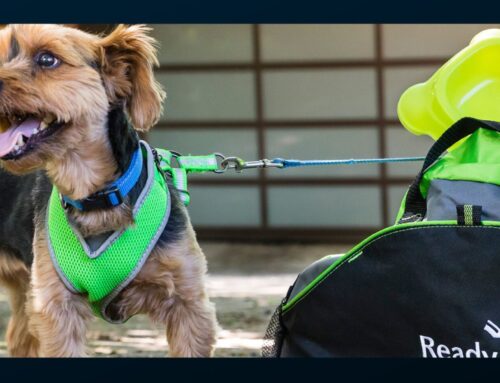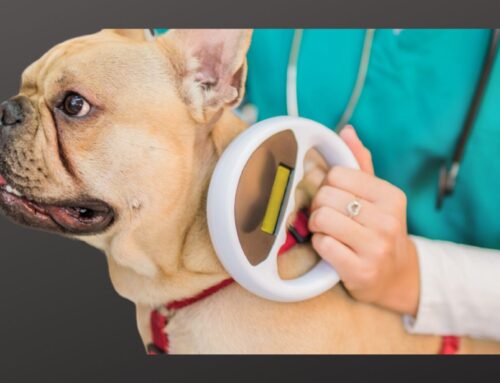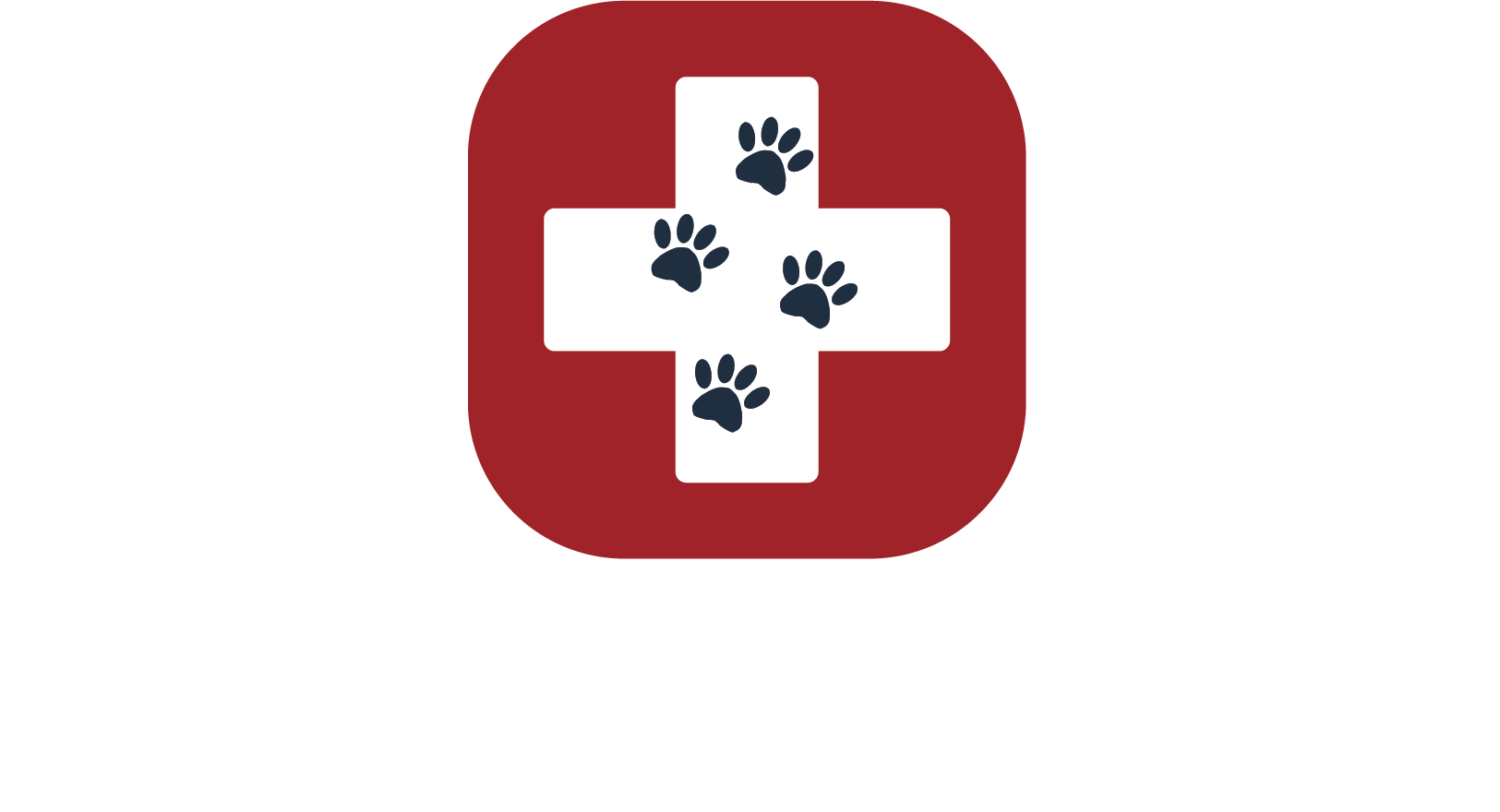June is National Pet Preparedness Month and there is no better time than now to make sure your pets are prepared for emergencies.
With all the disasters over the past few years, it’s become vital that we not only have an emergency plan for ourselves and our families but we need to think about our pets. You never want to leave them behind so being prepared is half the battle.
Before we talk about what to put in your pet’s emergency kit let’s talk about a few other things you should think about ahead of time.
- Plan your routes. This could be crucial based on which direction the disaster is coming from. If you only have one way out you might have to evacuate on foot.
- Make sure your pet is microchipped in case you get separated. Make sure your contact information is up to date.
- Have your pet crate trained. It should always be a safe space for them and never use a crate as a punishment.
- Have a buddy system with a close friend or neighbor that can help you rescue your pets if your not home. Make sure they know where you keep their emergency kit.
What and why you should add these items to your pet’s emergency kit.
- Bag – Let’s start with what you need to put your pet’s emergency supplies in. If you need to keep your hands free then you might want to look at a backpack. If you have a small pet, you will need a carrier for the pet and a cinch bag or backpack for the emergency supplies. If you have multiple pets then maybe a roller bag or suitcase with wheels will do.
- Water – Enough for at least 72 hours. The general rule of thumb is your pet will need ½ to 1 ounce of water per pound of body weight per day. For example, a 20-pound dog would need 10 to 20 ounces of water per day. Your pet can survive for a couple of weeks without food but they can start to shut down after 72 hours without water. What is the difference between regular drinking water and Emergency Drinking water? Answer!
- Pet Food – at least 3 to a 5-day supply. If you have to go to a shelter the Red Cross will not have food for your pets.
- Bowls – For the food and water. Lightweight collapsible travel bowls are perfect when you need to bug out.
- Slip Lead – We recommend a slip lead so you can grab your pet and get out quickly. You might not have time to buckle a collar or harness on your pet. A slip lead is a collar and leash in one and used by veterinarians and rescues to keep pets from getting loose. Is there a right way or wrong way to use a slip lead? Answer!
- First Aid Kit – Make it pet friendly with products designed for pets. The last thing you want is a sick pet because you used a product that wasn’t designed for pets.
- LED Light – in case you need to evacuate at night. You want to make sure you can see your pet.
- Blanket – Even a Mylar Blanket can help with warmth if your pet is wet or cold to keep them from going into shock.
- Poop bags – Because you never know when you will have to pick up after your pet.
- For Cats – Litterbox, litter and scoop
- Medications – At least a 5-day supply – It could be several days before you can either get home or to a vet to refill prescriptions.
- Documentation – Copy of their shot records in case you have to board them.
- Waterproof container or Pouch – Perfect to keep medications and documentation dry and safe.
- A photo of you with your pet is always good for identification purposes.
- ID tag and ID Card. It’s important to have your pet identified. The card can be attached to the crate or kennel if needed.
- Toys – Your pet’s favorite toy to help keep them occupied.

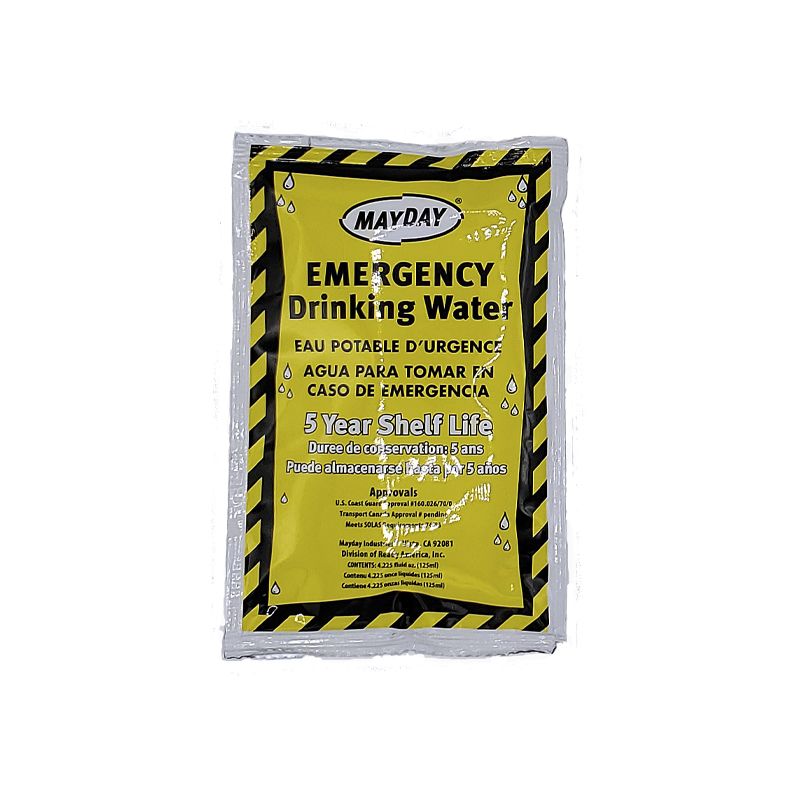
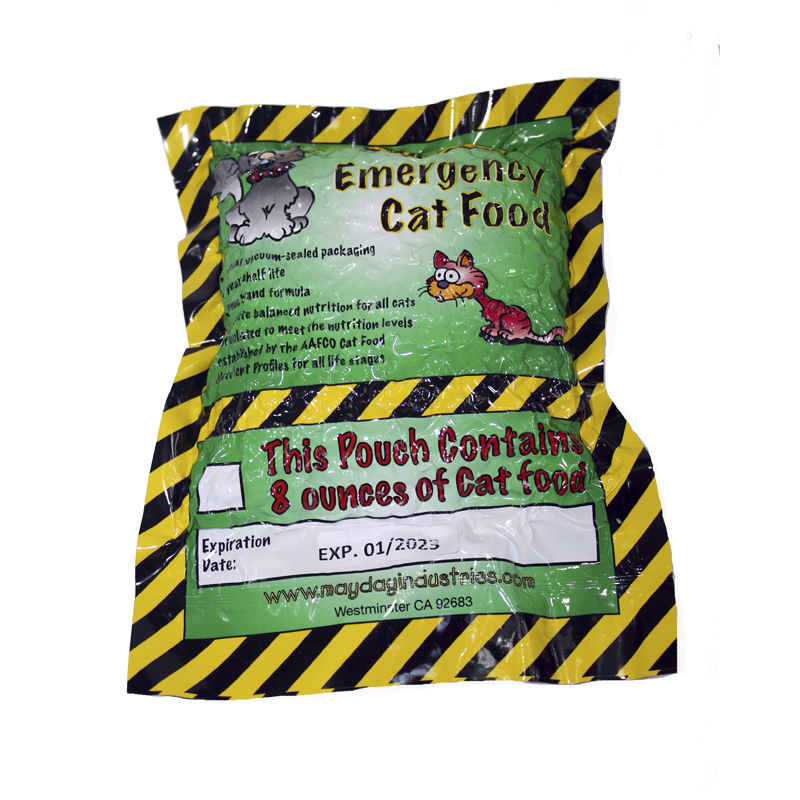
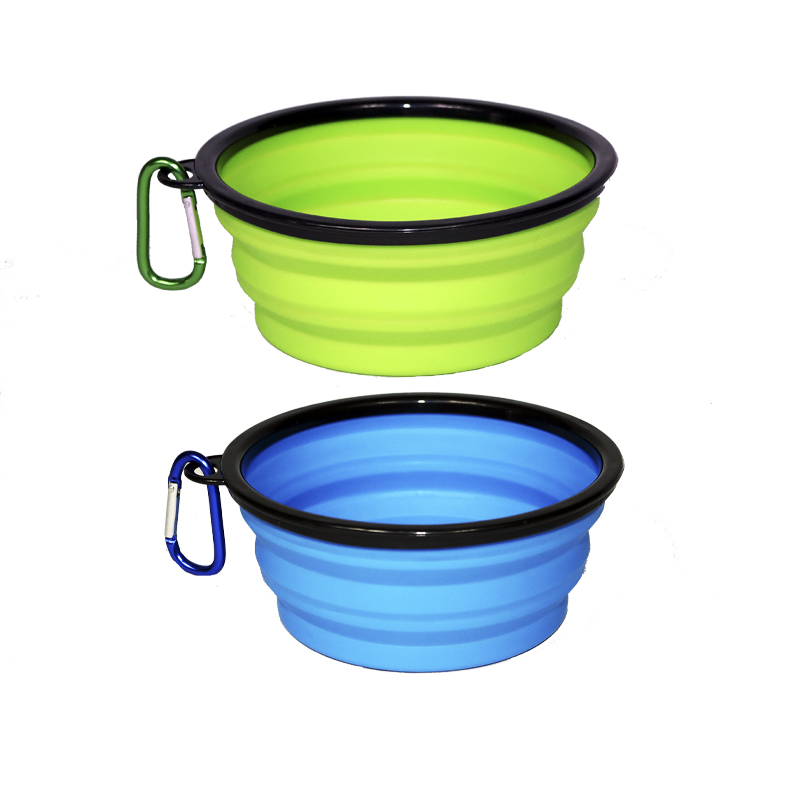
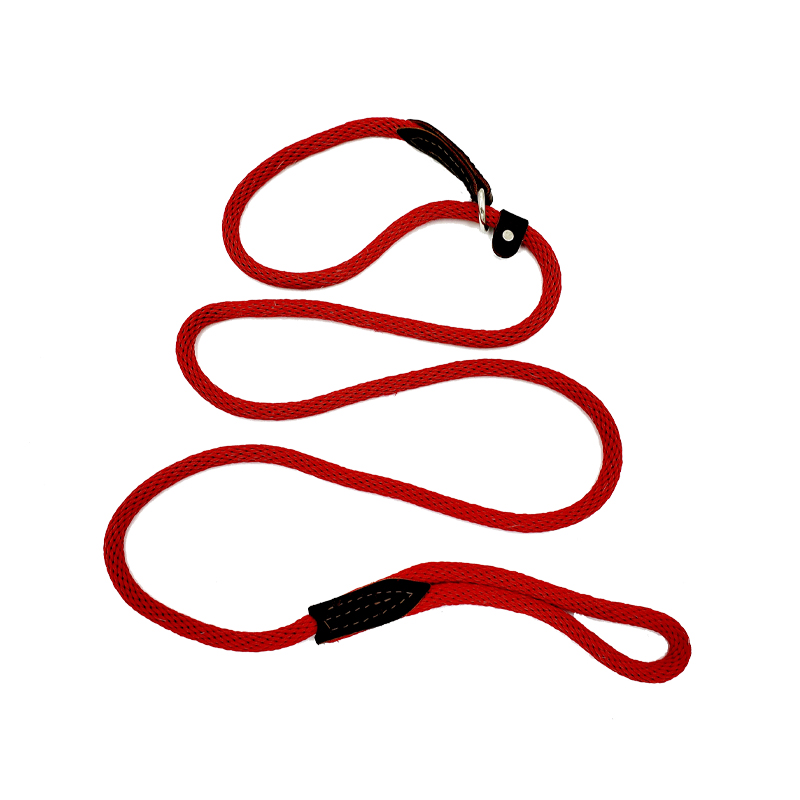
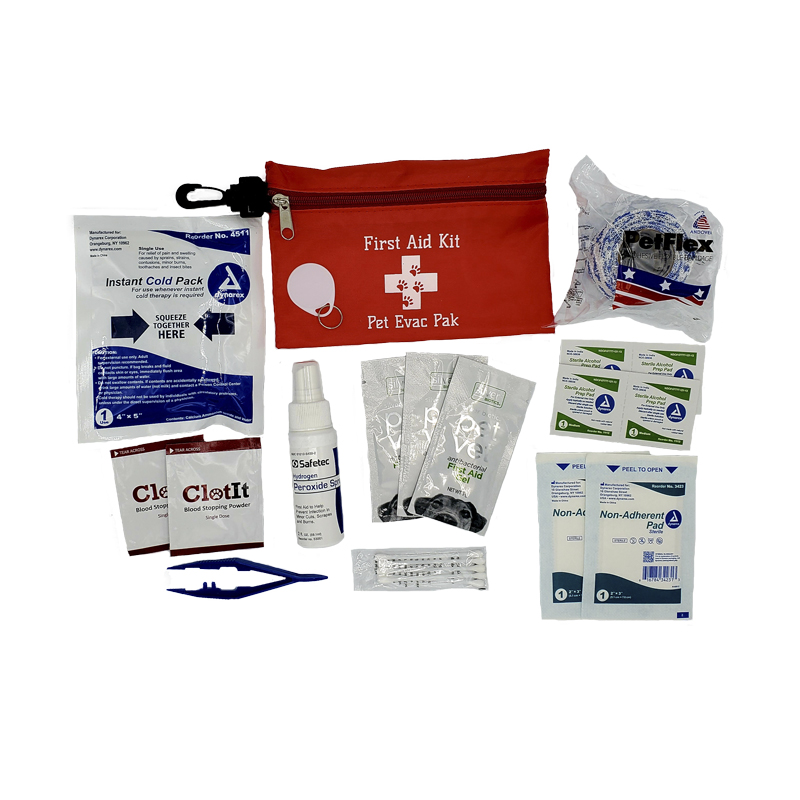
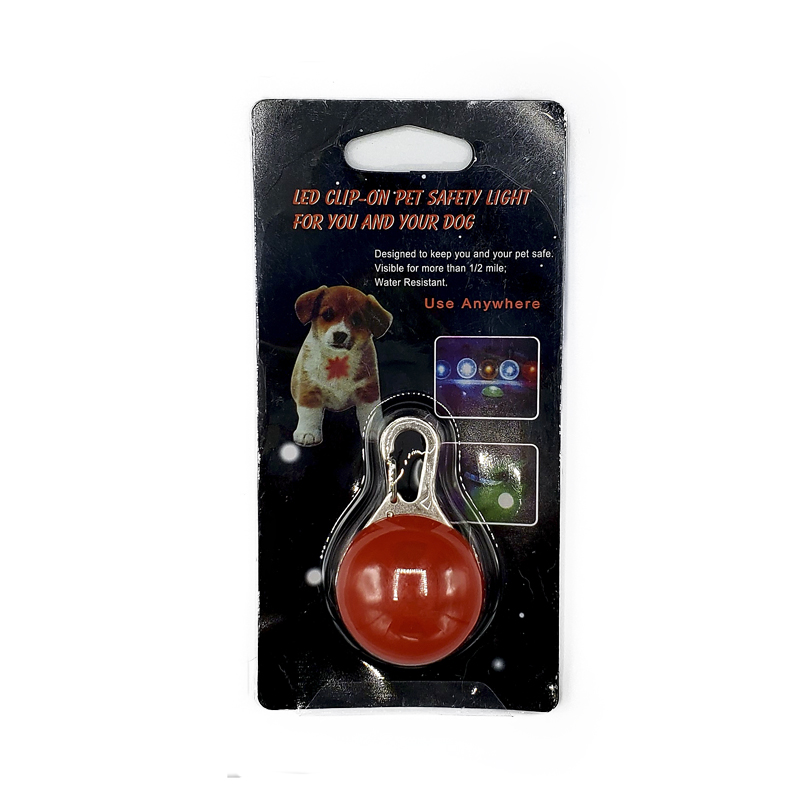
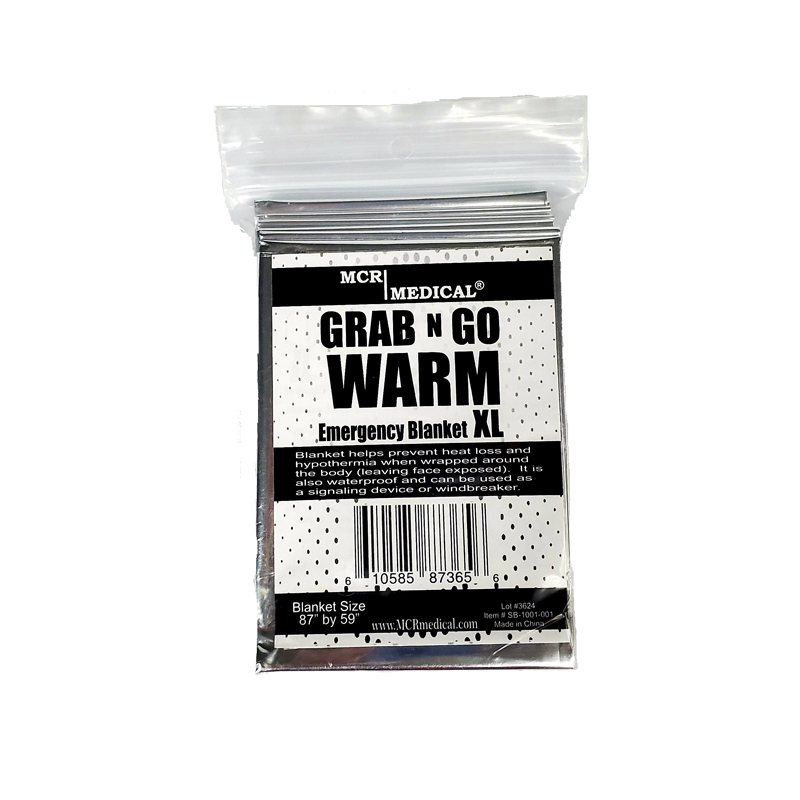
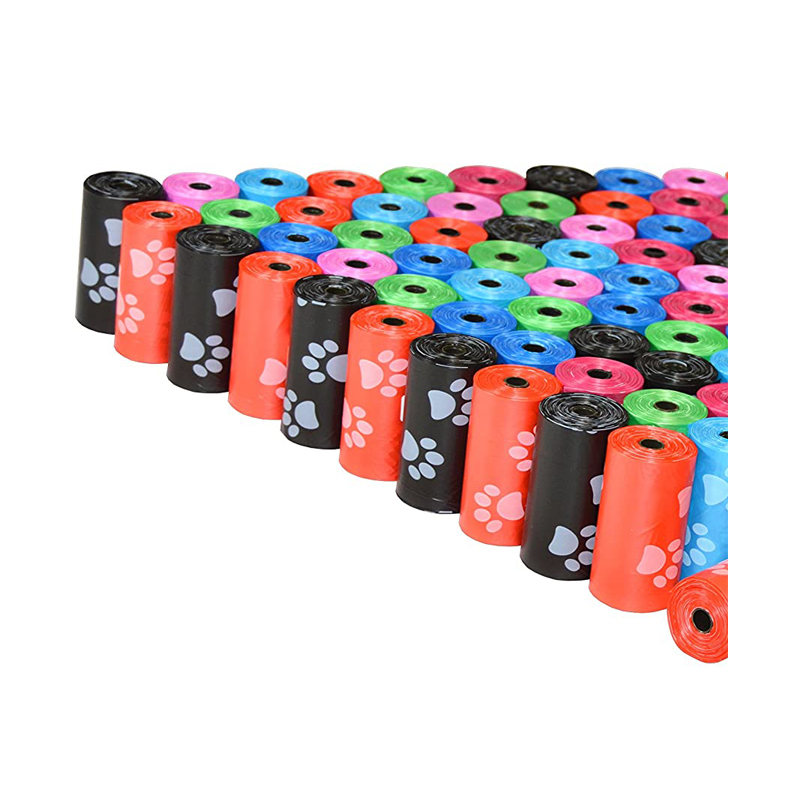
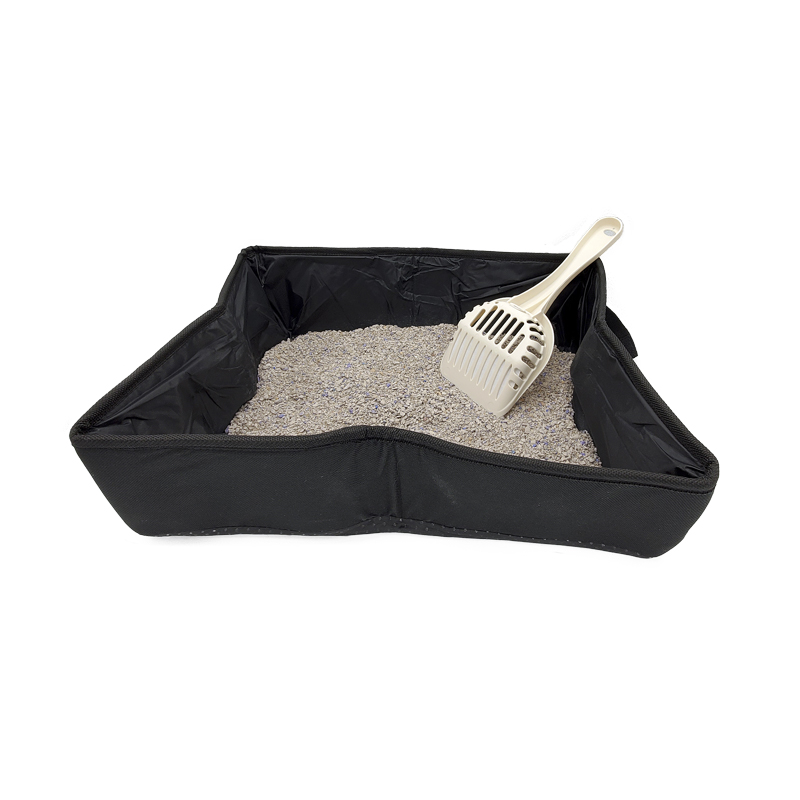
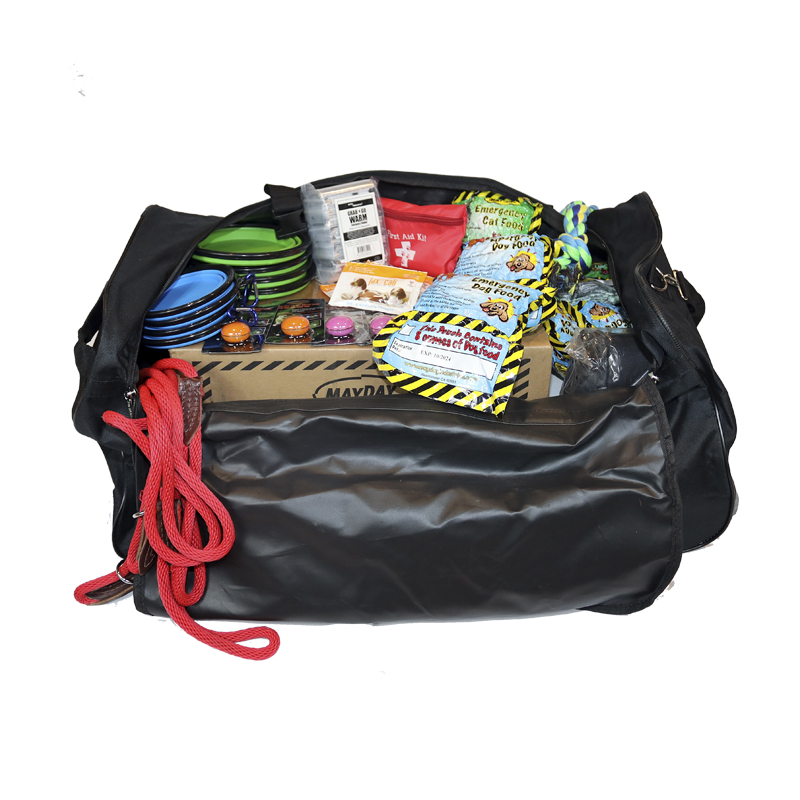
While this list can seem daunting and costly, if you have kids, it could be an opportunity to have them share in making the kit, knowing they are helping to keep your family pet safe. If you don’t have the time and want to save some bucks check out the Pet Evac Pak premade kits. Fully assembled and ready to go. If you have multiple pets, you might want to build your own custom kit
If you were ever a Boy Scout or Girl Scout their motto was to “BE PREPARED”. Our pets are counting on us now more than ever.



